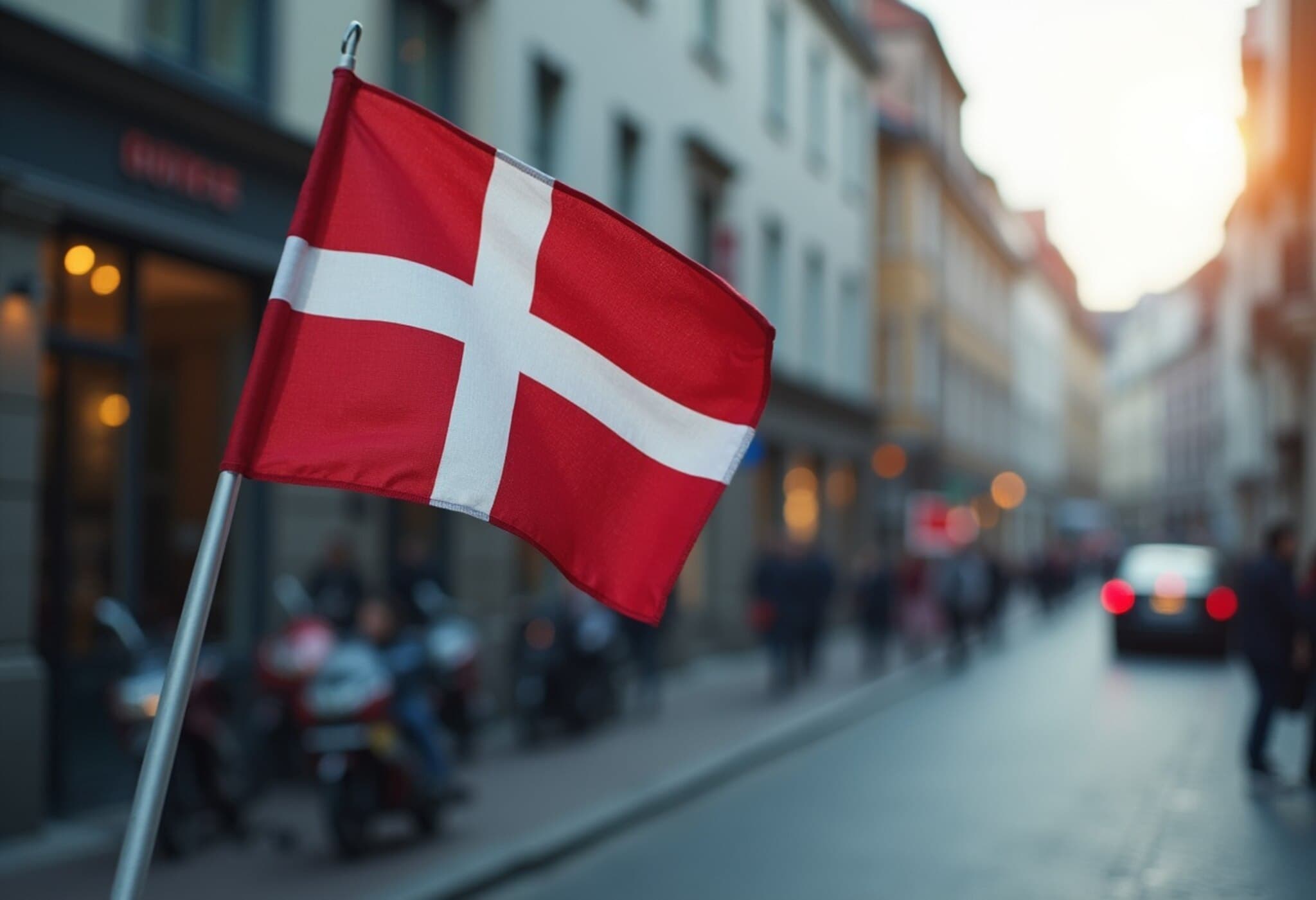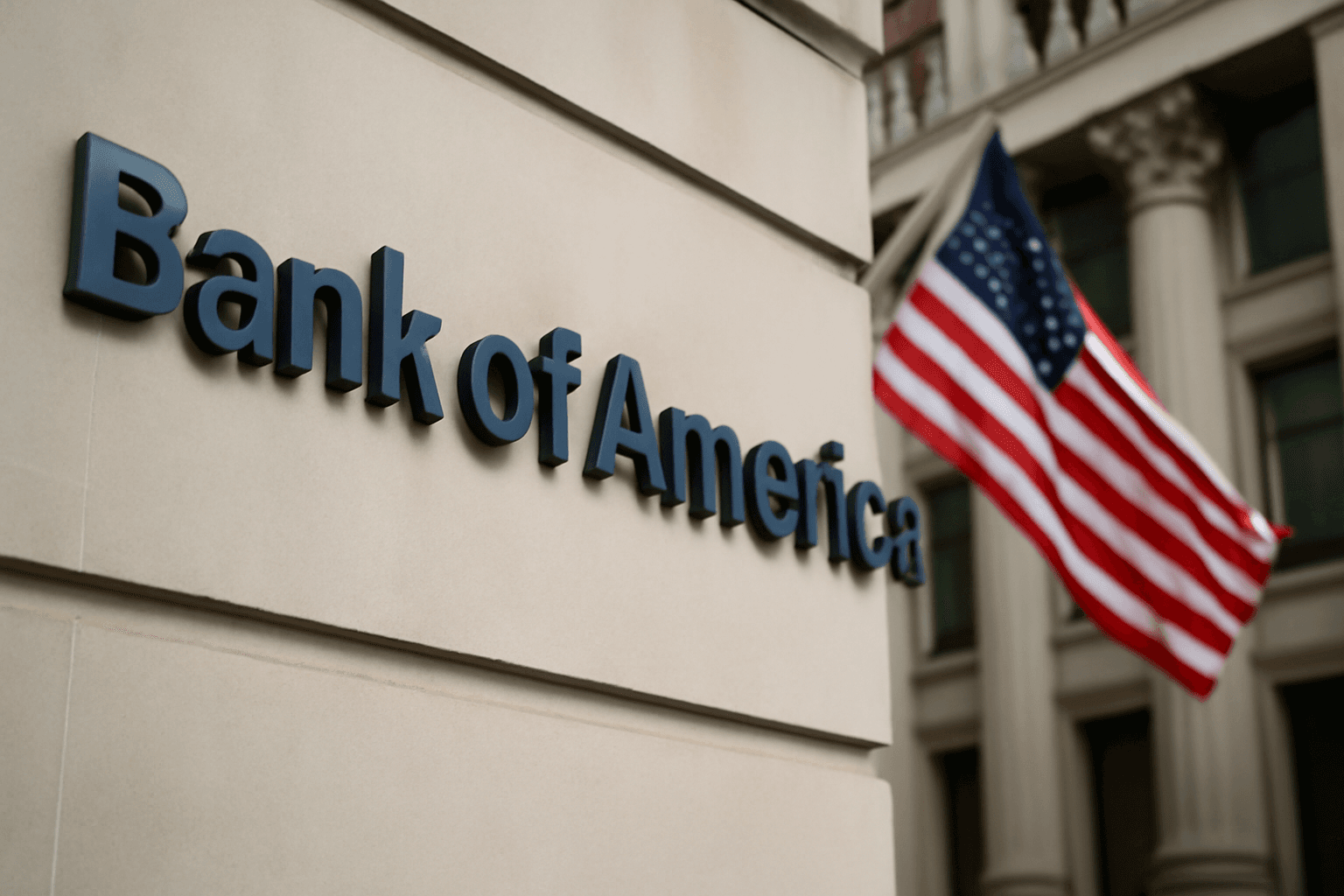Denmark Revises Growth Outlook, Citing Pharmaceutical Sector Challenges
On August 29, 2025, Denmark’s government announced a significant revision to its economic growth forecast for 2025, slashing it from an initially optimistic 3% down to just 1.4%. This unexpected downgrade primarily reflects headwinds stemming from a downturn in the pharmaceutical industry, with the pharmaceutical giant Novo Nordisk at the center of the slowdown.
The Ripple Effects of Novo Nordisk’s Slowdown
Once the darling of Denmark’s economy, Novo Nordisk has enjoyed stellar success with its blockbuster treatments like Ozempic and Wegovy, transformative drugs in the fight against diabetes and obesity. Their robust sales helped fuel Denmark’s economic expansion in recent years — the country’s GDP grew by an impressive 3.7% in 2024.
However, early 2025 witnessed a sharp reversal. According to Denmark’s Ministry of Economic Affairs and the Interior, the initial sprint in U.S. exports of these drugs fell back sharply due to two critical factors:
- Inventory corrections: After a surge in shipments late 2024 to meet massive demand, pharmaceutical inventories became bloated.
- Intensified competition: The weight-loss medication market in the U.S. has grown crowded, with generic drugs and rival companies chipping away at Novo Nordisk’s market share.
Additionally, new tariffs imposed by the U.S. government have further complicated export dynamics. The Ministry specifically cited these American tariffs as a key factor contributing to the downward revision of Denmark’s GDP growth forecast.
Global Pharmaceutical Sector Faces Uncertainty Amid Trade and Competition
Denmark’s forecast downgrade echoes broader challenges in the European pharmaceutical sector in 2025. Global trade tensions and evolving regulatory landscapes have introduced unpredictability. Nonetheless, some stability has been restored following recent trade negotiations.
Despite the headwinds, the Ministry remains cautiously optimistic about Denmark’s economic fundamentals. Employment levels remain high, and inflation is projected to stay below the critical 2% mark for the year, preserving consumer purchasing power.
Looking Ahead: A Brighter 2026?
Encouragingly, Denmark has simultaneously revised its 2026 growth forecast upwards—from 1.4% to 2.1%. This improvement is driven by expectations of stronger private consumption and increased public spending, signaling confidence in the economy's resilience beyond the current pharmaceutical slump.
Expert Insights: What’s Next for Denmark and Novo Nordisk?
The sharp contraction in growth forecasts spotlights the risks of economic over-dependence on a single export sector or company. Novo Nordisk’s predicament underscores how market saturation, patent cliffs, and regulatory pressures—common in pharma—can significantly impact national economies.
From an American policy perspective, the U.S. tariff measures—and the growth of generics—illustrate ongoing complexities in transatlantic trade relations and IP rights enforcement. For Denmark, diversifying its export base and fostering innovation beyond pharmaceuticals could be crucial for stable growth.
Meanwhile, Novo Nordisk’s strategy to double down on direct-to-consumer outreach aims to counter competition but also reflects a broader industry trend towards building stronger brand loyalty amid rising market fragmentation.
Investor Watch: The Market Rollercoaster of Novo Nordisk
Once ranked ahead of luxury titan LVMH as Denmark’s most valuable company, Novo Nordisk shares have been volatile: falling over 10% in 2024 and more than 40% year-to-date in 2025. This stock movement mirrors the uncertainty gripping the pharmaceutical sector and Denmark’s economic outlook in a rapidly evolving global market.
Summary Box: Key Takeaways
- Growth Forecast Cut: Denmark’s 2025 GDP growth projected at 1.4%, down from 3%, driven by pharmaceutical sector challenges.
- Novo Nordisk Slowdown: U.S. inventory corrections, market competition, and tariffs weigh heavily on Denmark's exports.
- Economic Fundamentals: Despite lower growth, high employment and sub-2% inflation provide economic stability.
- 2026 Optimism: Growth forecast raised to 2.1% fueled by expected private and public consumption boosts.
- Strategic Implications: Highlights need for economic diversification and adaptation to global trade complexities.
Editor’s Note
This revision of Denmark’s growth outlook prompts deeper reflection on the vulnerabilities of export-driven economies overly dependent on a handful of blockbuster products. As global supply chains become more intricate and geopolitical frictions persist, Danish policymakers and business leaders face the imperative to innovate and broaden the economic base. Meanwhile, the ongoing shifts in pharmaceutical markets—spurred by generic competition and trade barriers—serve as a microcosm of larger economic transformations defining 21st-century global trade. Readers should watch closely how Denmark navigates these headwinds and whether its 2026 optimism will materialize amid continuing uncertainty.















